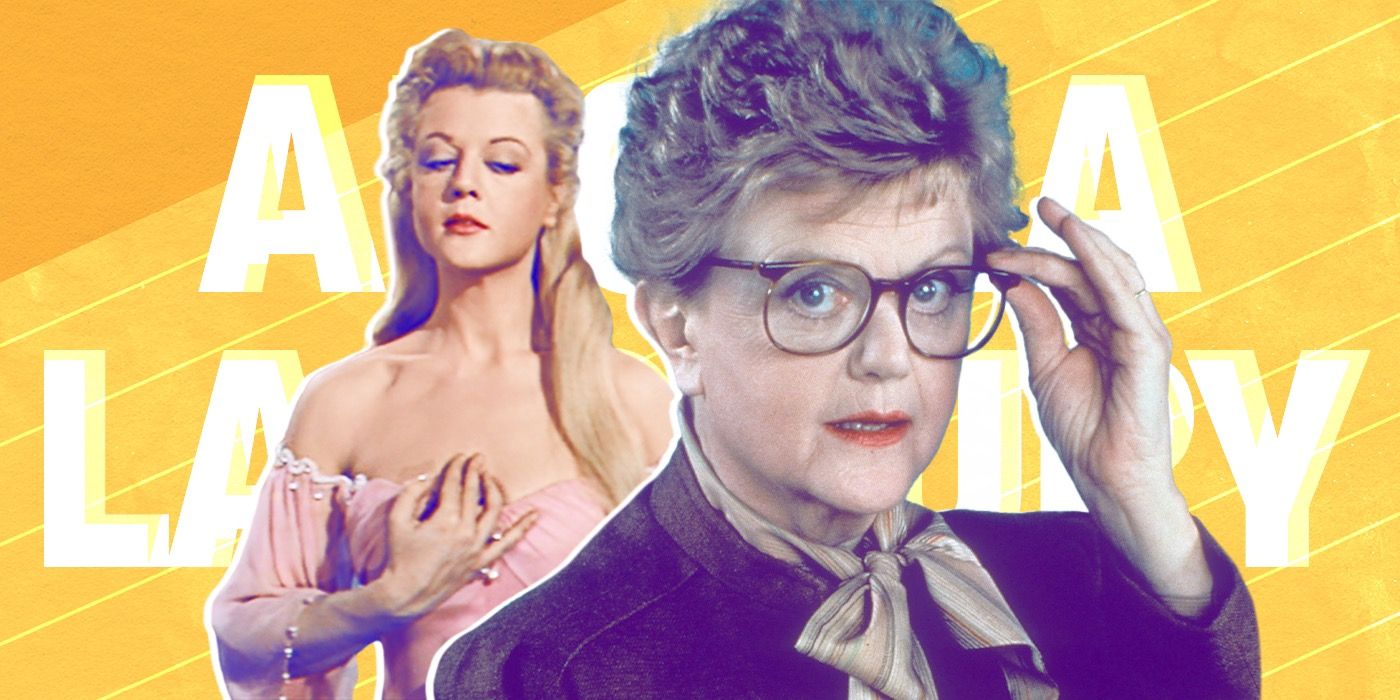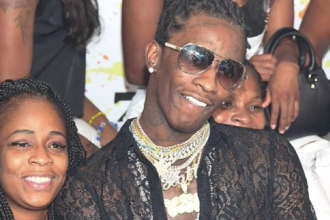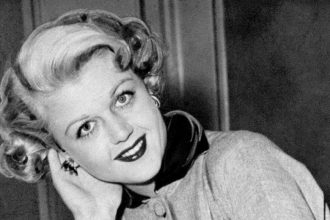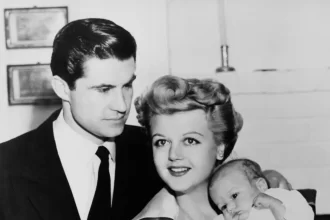Examining the career of the recently passed stage and screen icon.
On October 11, Hollywood and the culture at large lost one of the last great icons of stage and screen when Dame Angela Lansbury passed away in her sleep just days short of her 97th birthday. Many of her greatest triumphs were on stage — she won five Tony Awards over a 43-year span, and was honored with the Lifetime Achievement Tony Award just this year — and Broadway paid tribute on Saturday by dimming the marquees in recognition of a landmark career. Luckily, for those who never had the chance to experience her greatness up close, her legacy is forever cemented on film, and she worked up until the very end — her final film appearance will be a posthumous one in the upcoming Glass Onion: A Knives Out Mystery. Not many can boast as impressive a resume, and claim they worked with everyone from Judy Garland (The Harvey Girls, Till the Clouds Roll By) to Elizabeth Taylor (National Velvet) to Elvis Presley (Blue Hawaii). Here, we revisit some of her finest onscreen work. Please, be our guest.
Gaslight (1944)

Right from the start, Lansbury proved a captivating screen presence in this auspicious MGM debut. Gaslight tells the story of Paula (Ingrid Bergman), an opera singer who has a whirlwind romance with the debonair Gregory Anton (Charles Boyer, all slicked hair and sotto voice), unbeknownst to her the man who murdered her Aunt Alice years prior. He sets out to manipulate her and convince her she is insane, all part of a scheme to recover priceless jewels he left behind after killing Alice. Lansbury plays Nancy Oliver, the young maid hired by Gregory to keep an eye on his ever-unraveling wife. The antithesis of how she’d be perceived in her later career, Lansbury is cold, curt, and cunning. The film was a hit: It brought the concept of “gaslighting” to the psychological lexicon, and it received seven Academy Award nominations, including one for Lansbury as Best Supporting Actress.
The Picture of Dorian Gray (1945)
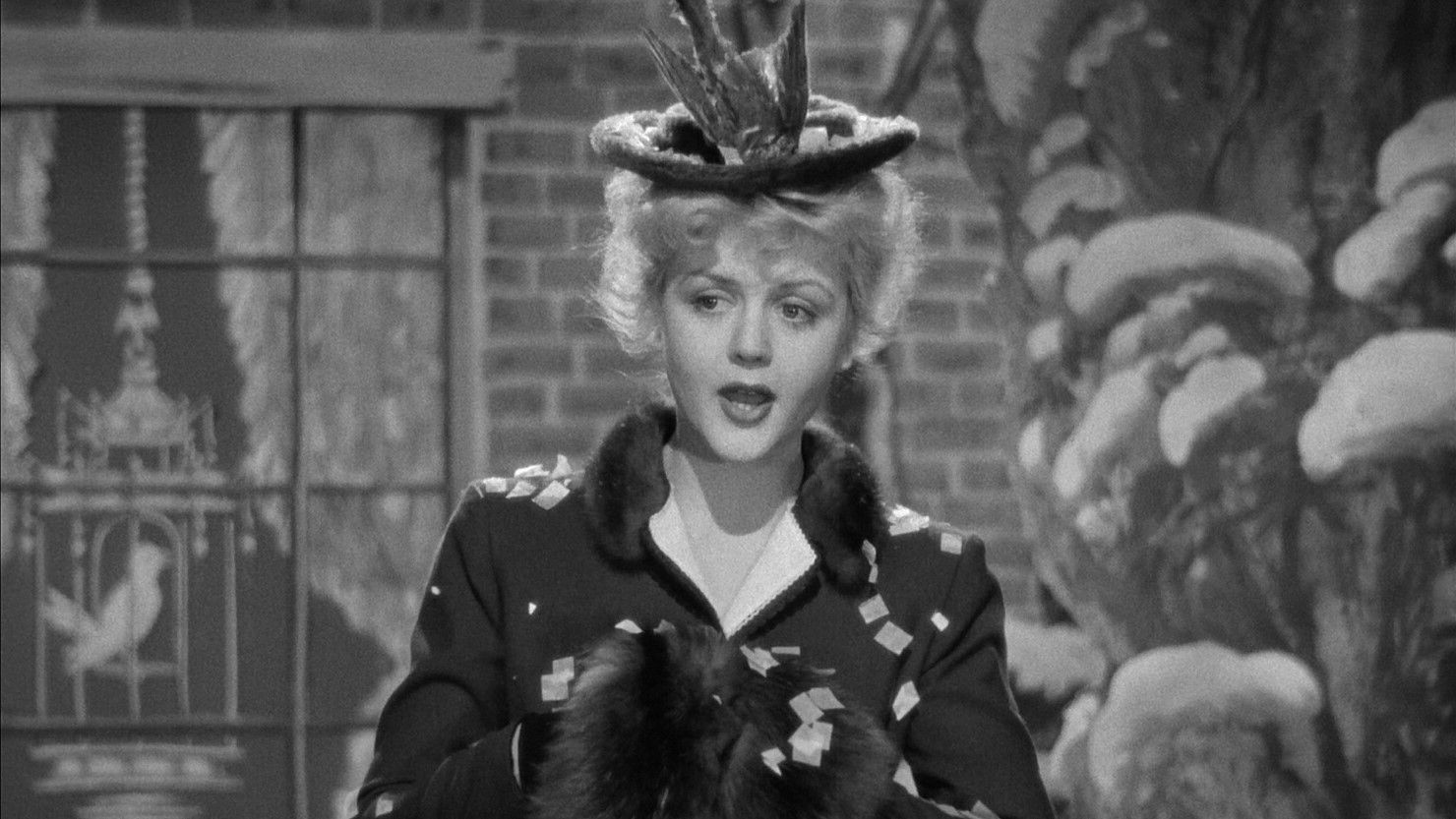
Not one to rest on her laurels, Lansbury dove into her next project with aplomb, an entirely different character than Nancy. Here, she’s Sybil Vane, a beautiful and talented singer who catches the eye of Dorian Gray (Hurd Hatfield), a vain young aristocrat who’s caught in the middle of an Egyptian curse wherein a portrait of him ages, but he remains forever young. Soon, the two are engaged, but Gray’s ever-growing ego leads him to callously break things off with Sybil. Distraught, she throws herself into a river, while Gray eventually dies attempting to destroy the cursed painting. Lansbury’s Sybil is beautiful, if a bit naive. Notably, it’s the first film where she’s allowed the opportunity to sing — her performance of “Little Yellow Bird” is captivating and charming; it’s no wonder she found success on the Great White Way. While the movie didn’t perform as well as Gaslight, Lansbury received her second consecutive Academy Award nomination for Best Supporting Actress, and won the Golden Globe.
State of the Union (1948)
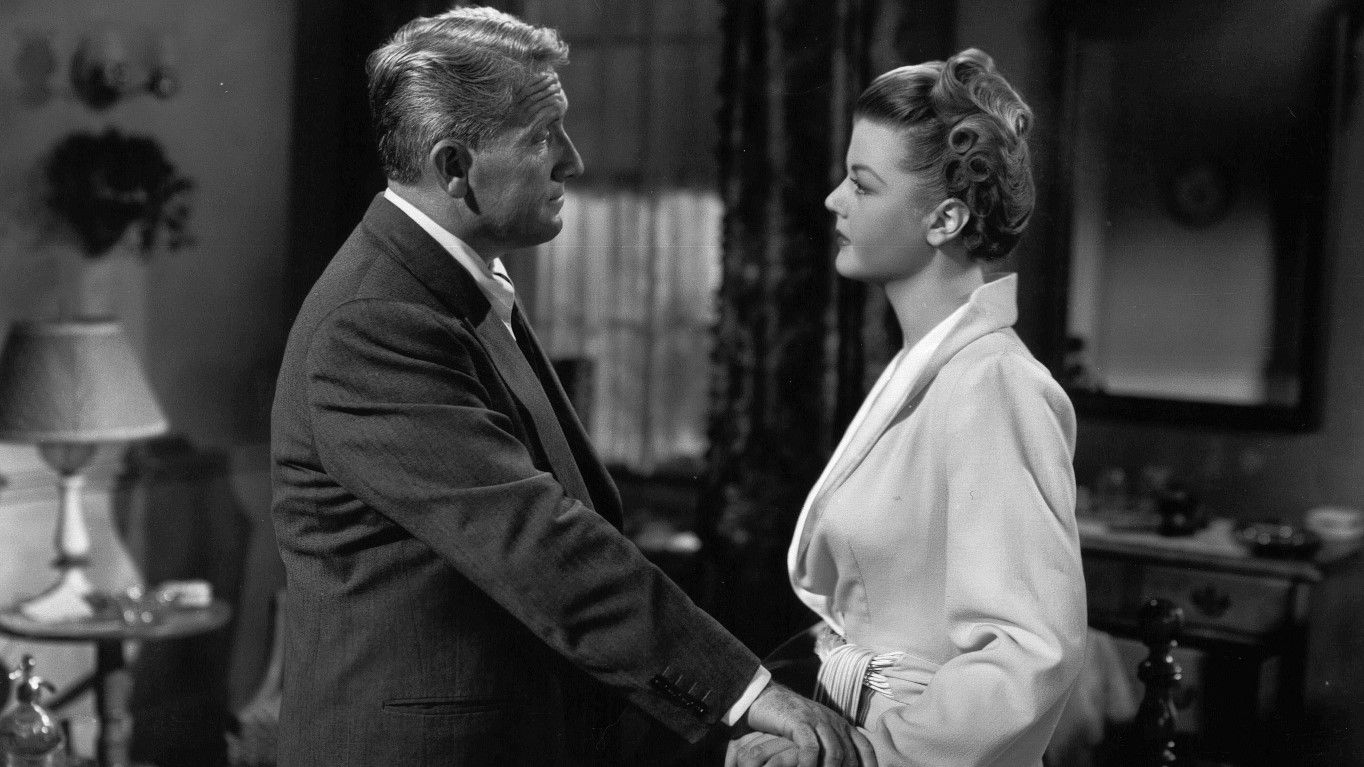
There’s so much to love about this classic Frank Capra film. Not only is it another legendary pairing of Spencer Tracy and Katharine Hepburn, it’s one of the screen’s most underrated political satires that’s especially timely as of late. Tracy plays would-be Presidential candidate Grant Matthews, currently having an affair with Republican newspaper magnate Kay Thorndyke (Lansbury), who together with a Republican strategist (Adolphe Menjou) and campaign manager (Van Johnson) seek to persuade Matthews to throw his hat in the ring. They decide that, to help his image, he should reunite with his estranged wife Mary (Hepburn). Over the course of the film, we’re privy to all the behind-the-scenes political wheeling and dealing, full of empty promises and corrupt special interests. Near the end of the film, after he sees Mary’s disappointment at just how far he’s fallen, Matthews pulls himself out of the race. Both conniving and comedic, Lansbury holds her own against veritable screen titans. She and Hepburn bonded on set, and years later, she’d help induct “Kate the Great” as a Kennedy Center Honoree.
The Court Jester (1956)
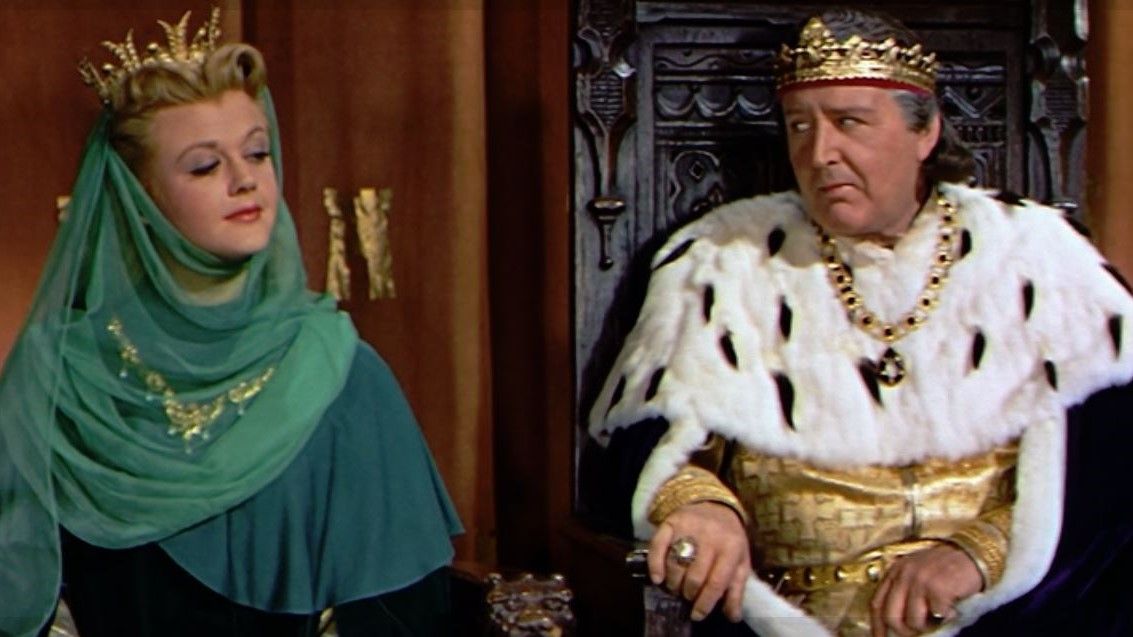
Knights, witches, a baby that must be kept safe, mistaken identities, and assassins-for-hire — who could ask for anything more? This Danny Kaye-starrer tells the tale of Hubert Hawkins, a minstrel who ends up taking the identity of a jester named Giacomo after he and his love interest Maid Jean (Glynis Johns) are tasked with saving an infant destined to be the future ruler of England. However, unknown to Hubert, Giacomo was only masquerading as a jester; in actuality, he is an assassin hired to prevent the imperious usurper Roderick the Tyrant (Cecil Parker) from forming an alliance with Robert Middleton‘s Sir Griswold. Hijinks ensue along the way, including Lansbury as Griswold’s daughter Princess Gwendolyn falling for Hubert after it is prophesied that ‘Giacomo’ will be her gallant lover. As a romantic foil to Kaye’s ridiculous Hubert, Lansbury mines comic gold; her interplay with Mildred Natwick as the witch Griselda is also a highlight. The most expensive comedy ever made at the time of its production, Jester was a flop on arrival. However, over the years it attained cult status and is now considered a quintessential comedy classic.
All Fall Down (1962)

The first of two John Frankenheimer films released in 1962, All Fall Down features an early turn from Warren Beatty as Berry-Berry Willart, a dashing young man who charms and infatuates women until they become too attached to him, at which time he regularly becomes violent. Lansbury plays Annabel, the stalwart Willart matriarch who adores Berry-Berry and his brother Clinton (Brandon deWilde, all grown up since Shane), but who regularly plays at games of deception and manipulation. When Echo O’Brien (Eva Marie Saint), the daughter of a family friend, comes to stay with them, both Clinton and Berry-Berry are enthralled with her. Eventually, Echo ends up pregnant by the latter, but because he can’t commit, he runs out on her. Shortly thereafter, she meets a tragic end while driving in a rainstorm—whether intentional or not is left up to the viewer to decide. Lansbury’s steely exterior belies the fierce maternal love she has for her children. However, this wouldn’t be the most deceitful mother Lansbury would bring to the screen; in fact, it wouldn’t be the most deceitful mother she’d play in a John Frankenheimer film in 1962, which leads us to…
The Manchurian Candidate (1962)
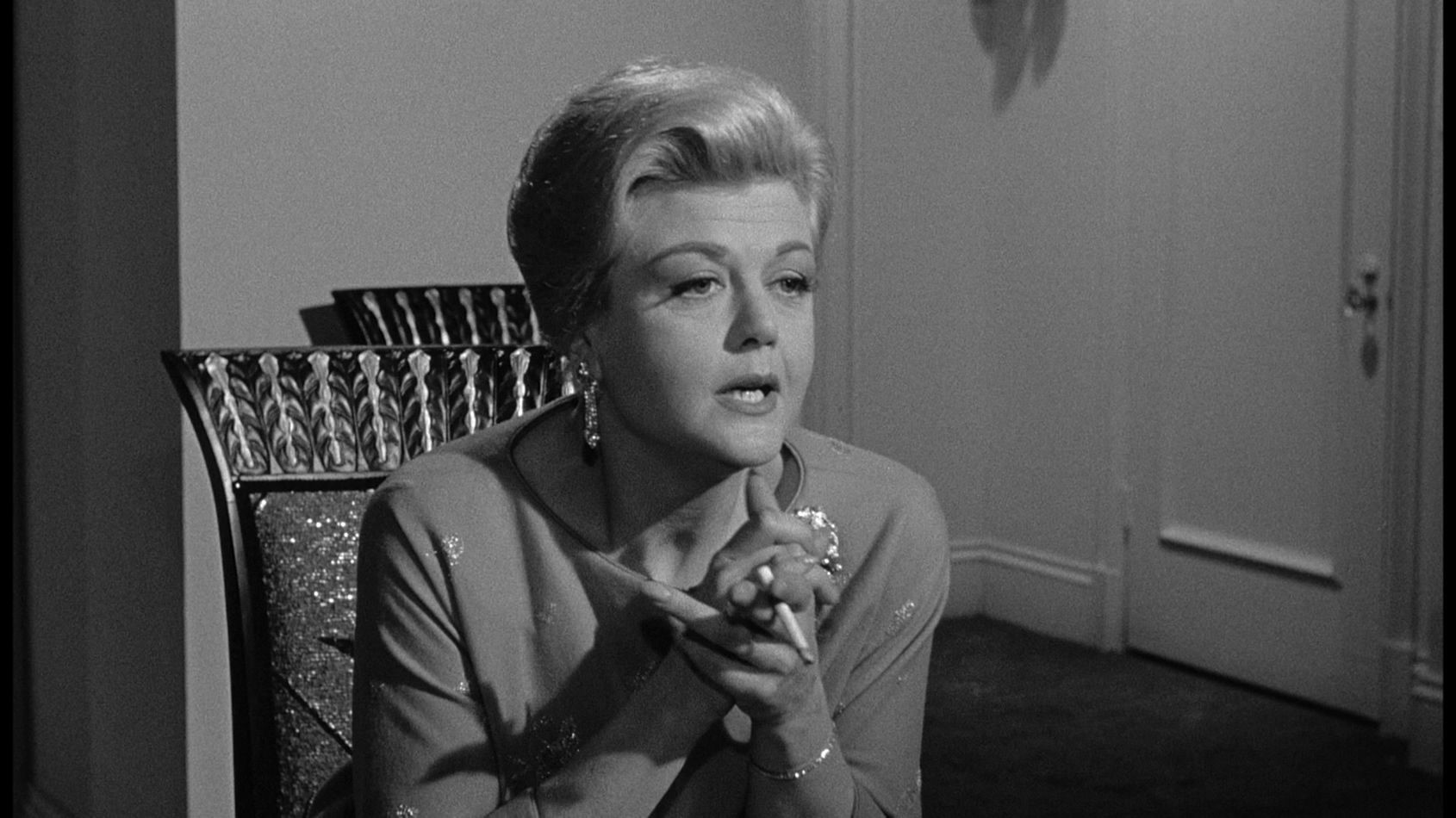
A cinematic classic, The Manchurian Candidate was released at the height of the Cuban Missile Crisis, and plays on the paranoia and fear of Communist overthrow that infiltrated the minds of so many Americans. Sergeant Raymond Shaw (Laurence Harvey in a career-defining performance) and Captain Bennett Marco (Frank Sinatra) are two members of a platoon captured by Soviet and Chinese forces during the Korean War and taken to communist China and soon after, return to UN lines. Both are hailed as heroes, particularly Shaw, who receives the Medal of Honor. However, he has been secretly brainwashed to become a sleeper assassin as part of an international conspiracy to bring an authoritarian regime to the United States — namely, through the machinations of his parents, Senator John Iselin (James Gregory) and Eleanor (Lansbury). Marco’s recurring nightmares of Shaw murdering the other members of his platoon while captured turn out to be all too true, and it all builds to a nail-biting climax at a national political convention where Shaw must make the ultimate choice — be the pawn of his parents, or the war hero others herald him as. Without question, this was Lansbury’s finest cinematic turn — her Eleanor is uncompromising and terrifying in her pursuit of absolute power. Her monologue to Harvey laying out the ultimate plan for American fascism is eerily prescient, and her conviction for success coupled with the oft-creepy affection she shows toward her son make the blood run cold. This performance would garner Lansbury her third and final Oscar nomination as Best Supporting Actress, which she would lose to Patty Duke in The Miracle Worker in early 1963.
Bedknobs and Broomsticks (1971)
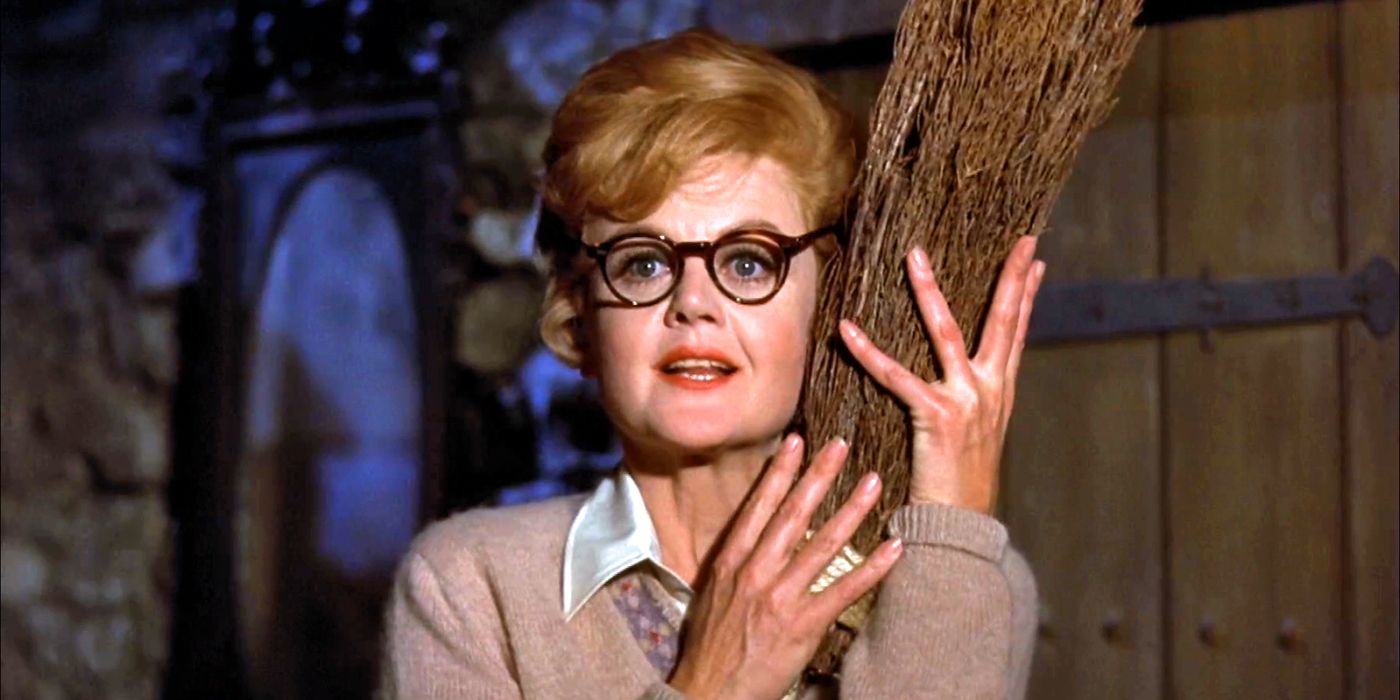
An aspiring witch named Eglantine (Lansbury) promises to look after two children in World War II London while training her spellcraft to help defeat the Nazis. On paper, it’s ludicrous; in practice, it became a classic Disney film that has enchanted generations with its fantastical characters and eye-catching visuals. Developed while the rights to Mary Poppins were temporarily on hold, Bedknobs and Broomsticks is yet another entry in the mid-’60s-early ’70s Disney canon of combination live action-animated cinema. From enchanted beds to underwater dance contests to suits of armor given life (eat your heart out, Minerva McGonagall), Bedknobs is both quintessentially eccentric and quintessentially British. Having already played a charming adventurer entrusted with a child’s care on Broadway in Mame, here Lansbury laid the foundation for her later work as a beloved figure in family entertainment; just try to not smile when she finally masters the ultimate spell, “Substitutiary Locomotion.”
Murder, She Wrote (1984-1996)
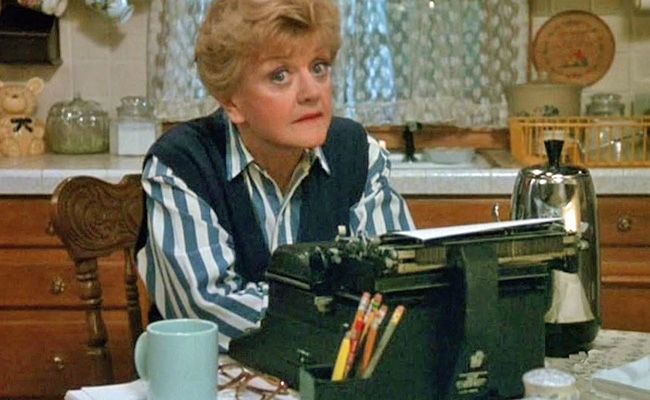
While she’d regularly appeared on anthology television programs like Playhouse 90 and Ford Television Theater, Lansbury had never taken on a series regular role before inhabiting the character of Jessica Fletcher in the hit CBS drama Murder, She Wrote. A mystery writer and amateur detective, Jessica lived a largely idyllic life in the picturesque fictional town of Cabot Cove, Maine; well, besides the ever-revolving door of dead bodies she encountered, that is. Originally developed for All in the Family actress Jean Stapleton, the show was in danger of being a non-starter after her interest in the project soured. Lansbury, who’d earlier indicated she would be open to television if the right role came along, was sold on the idea, and the rest was history. Even with a storied film and stage career, Lansbury’s profile was raised higher than ever thanks to being beamed into homes across the world every week. After 12 seasons and 12 consecutive Emmy nominations for Best Lead Actress in a Drama Series (but no wins — for shame, Television Academy), CBS decided not to renew the show after a disastrous move to Thursday nights saw it trounced by NBC’s powerhouse “Must See TV” lineup. Jessica Fletcher would return for four subsequent television movies from 1997-2003, be immortalized in both board game and video game form, and receive her very own POP Funko Vinyl in 2020.
Beauty and the Beast (1991)
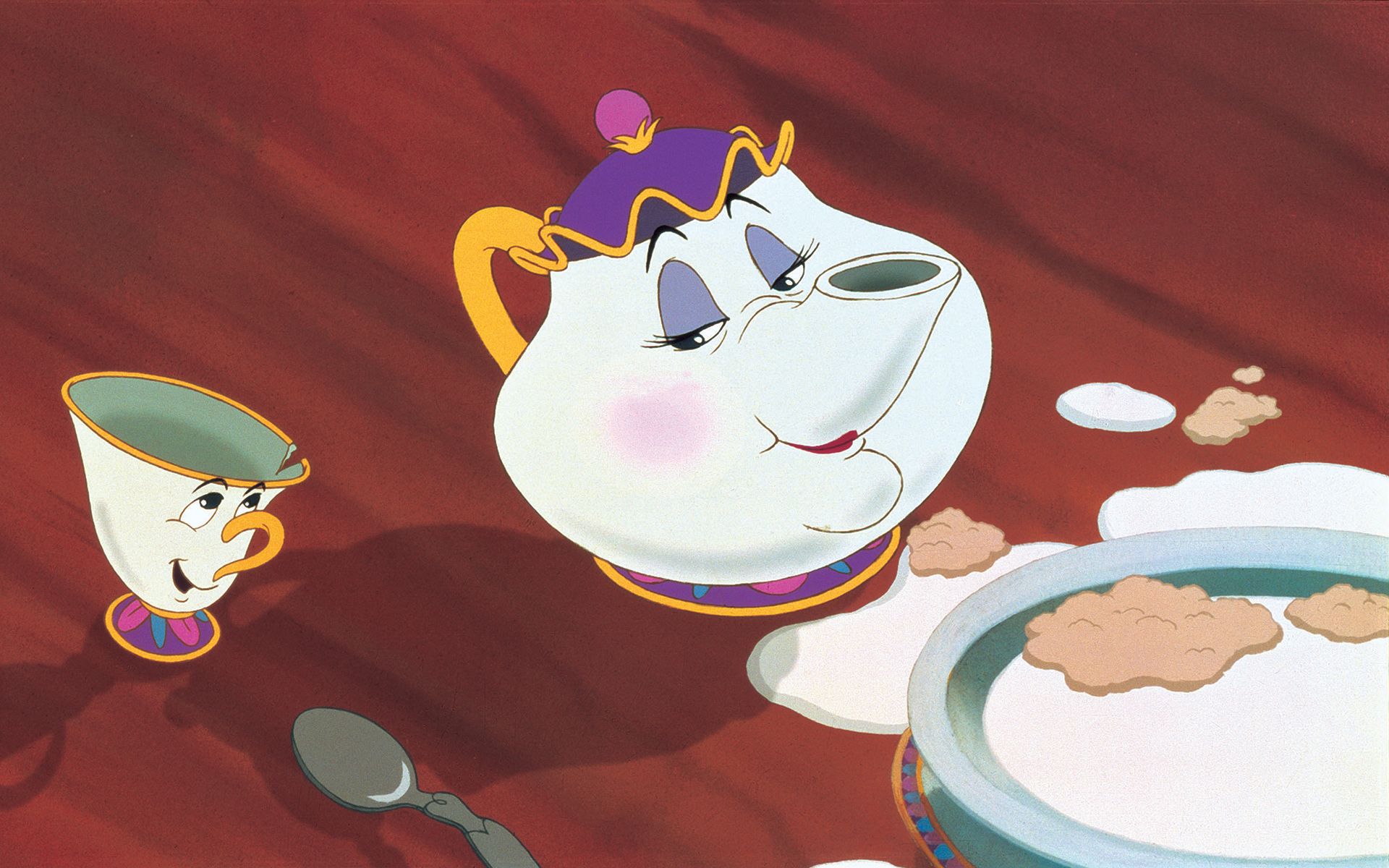
The third film released during Disney’s Renaissance period, Beauty and the Beast is a musical retelling of the French fairy tale La Belle et la Bête, heavily drawing from the abridged version published in 1748 by Jeanne-Marie Leprince de Beaumont. The studio attempted to adapt the story in both the 1930s and 1950s with no success, but following the blockbuster critical and commercial reception of The Little Mermaid, the project went back into development with the Mermaid dynamic duo of Alan Menken and Howard Ashman writing the music and Linda Woolverton responsible for the screenplay, which sees French peasant teenager Belle (Paige O’Hara) encountering the Beast (Robby Benson), a vain prince cursed for his cruelty towards a disguised enchantress years earlier. To save the life of her father Maurice (Tom Bosley, also a frequent Murder…She Wrote guest star), Belle agrees to remain the Beast’s prisoner. While imprisoned in his castle, she meets the Beast’s former servants, now enchanted household objects—led with zeal by the trio of persnickety clock Cogsworth (David Ogden Stiers), the suave candelabra Lumiere (Jerry Orbach), and the jolly cockney teapot Mrs. Potts (Lansbury). What starts as enmity blossoms into affection, and Belle eventually helps break the curse on the Beast and the servants, returning them to their human forms. The film made history by becoming the first-ever fully animated feature to be nominated for Best Picture at the Academy Awards, and it won the Golden Globe Award for Best Picture, Musical or Comedy. Among many reasons as to why the film has endeared itself to generations of children and families is Lansbury’s performance — she’s sweet, motherly, full of advice, but also not afraid to defend her home. Menken and Ashman also provided Lansbury with her finest musical movie moment in the title track. Her measured, emotional performance of the song reigns superior to the pop ballad interpretation all too common in the ’90s, and was recorded in only one take.
Nanny McPhee (2005)
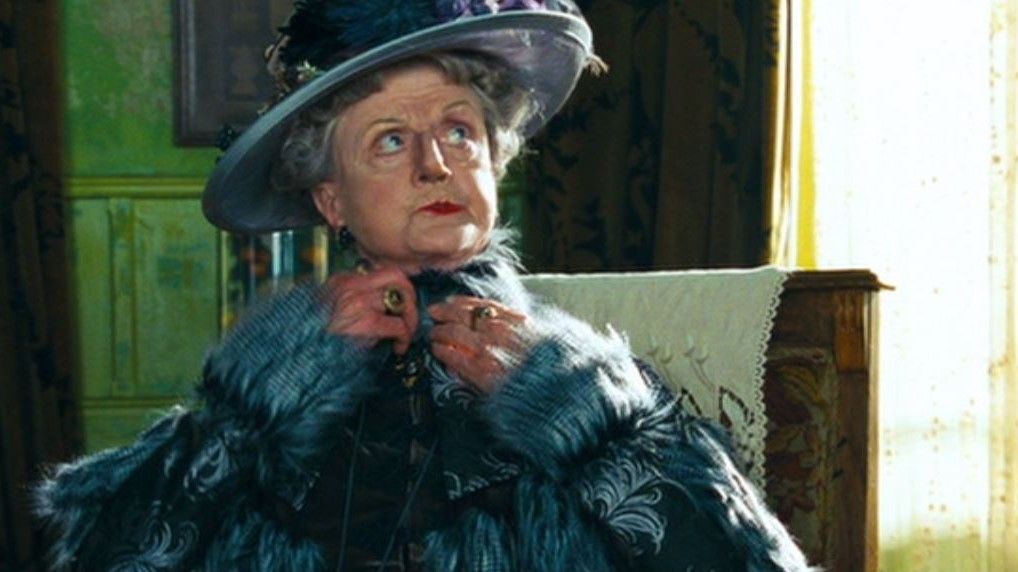
Not Lansbury’s final film, but the last one in which she played a key role, Nanny McPhee tells the story of the Brown family, headed by widower Cedric (Colin Firth), left to care for his seven children, who have repeatedly scared off any nanny who’s attempted to care for them. One evening, during a storm, the not-quite-photogenic Nanny McPhee (Emma Thompson) arrives, and with her magic, begins to make a positive change in the family’s lives. For every lesson the children learn, one of Nanny McPhee’s facial deformities disappears. However, Cedric is reliant on the imperious and haughty Adelaide Stitch (Lansbury) for financial support, and she demands that he marry within the month or be forced into poverty. Cue one would-be wicked stepmother, a harried wedding that devolves into an all-out food fight, and a happy ending that sees Cedric fall for the family’s scullery maid (Kelly Macdonald) and Nanny McPhee work her magic one last time. The film was a success, earning over $122 million at the worldwide box office, and lured Lansbury out of a self-imposed semi-retirement following the death of her husband Peter Shaw. Helping celebrate Lansbury’s honorary Oscar in 2013 at the Governor’s Awards, Thompson relayed just how hard she’d fought to get Lansbury on the project, and the glee she took in throwing a pie directly into her face in the film’s messy centerpiece.

